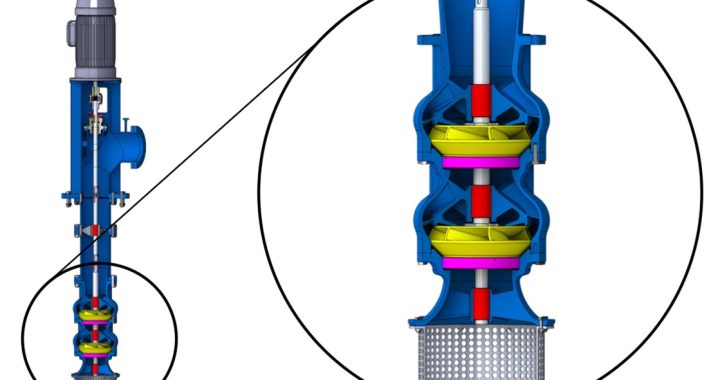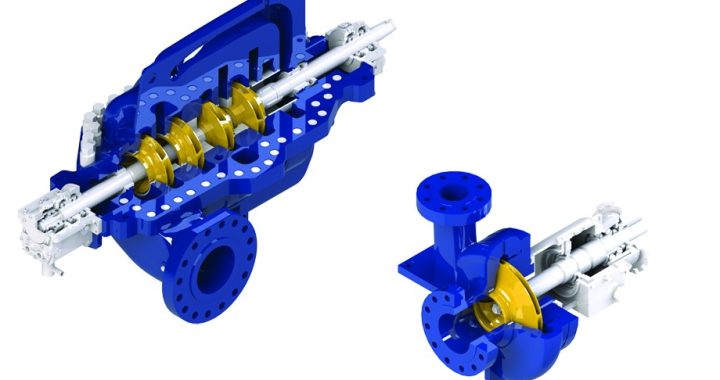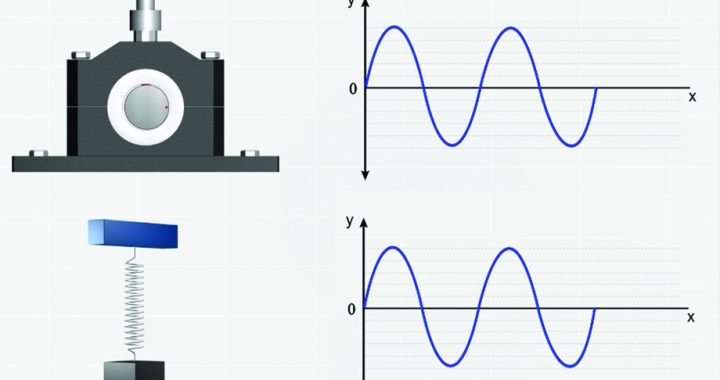Join us for our August webinar, where instructor Mike Mancini discusses the fundamentals of how a centrifugal pump works, the different design configurations, and where these configurations are applicable for specific applications.
Tag Archives: training
Wednesday Webinar: Vertical Pump Fundamentals
Join us for July’s webinar, where instructor Bob Jennings will explore operation fundamentals, component design, and application of Vertical Pumps.
Wednesday Webinar: Pump Types & Applications
In April’s webinar, instructor Bob Jennings will introduce the different basic pump types and discuss when they are applied.
Wednesday Webinar: Vibration Concepts
Join us for March’s webinar, where instructor Glen Powell will introduce concepts and terminology related to vibration, including frequency, amplitude, phase, vibration waveforms and spectrums, vibration equipment, machinery faults, and resonance.
Basic Hydraulics Seminar- Chicago (In-Person)
Presented by Bob Jennings, Basic Hydraulics is a 1-day course on hydraulic principles of operation for centrifugal pumps with a focus on the correlation between the centrifugal pump performance and the system head curve.
This course is designed for maintenance supervisors, maintenance foreman, consulting engineers, system engineers, process design engineers, and anyone else who is involved with the selection, operation or maintenance of pumping equipment and systems.
Please note that this course is in-person at our Chicago 40th Street service center.





